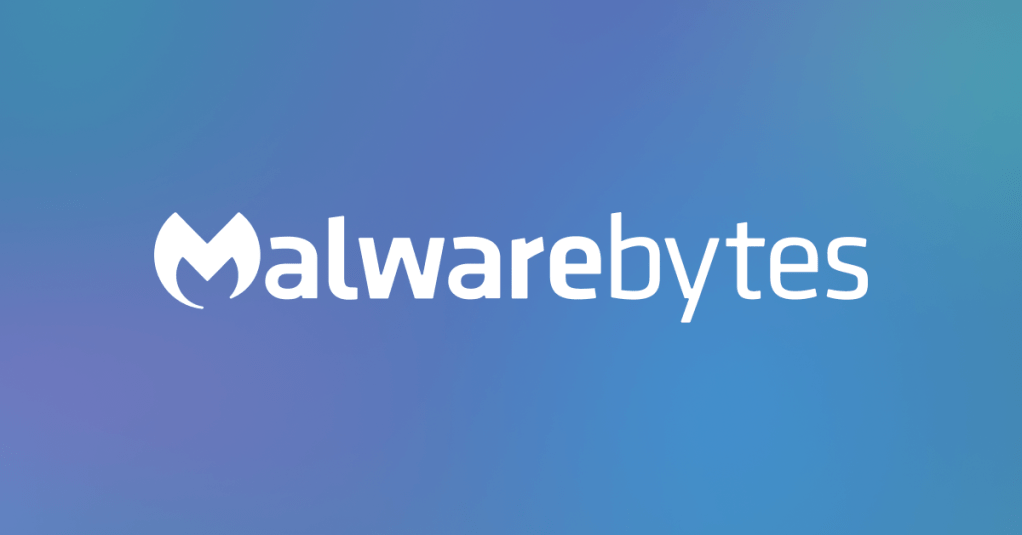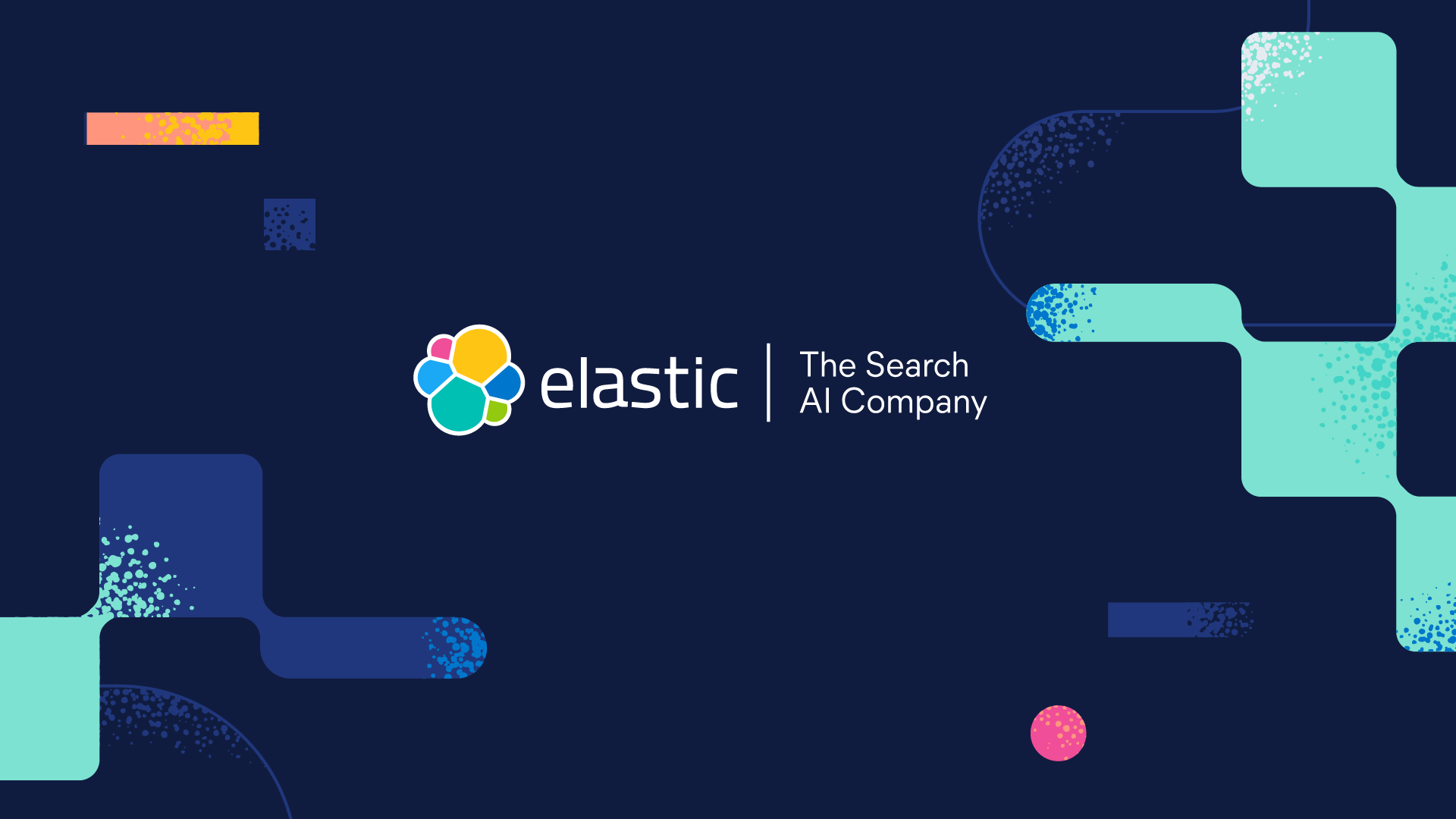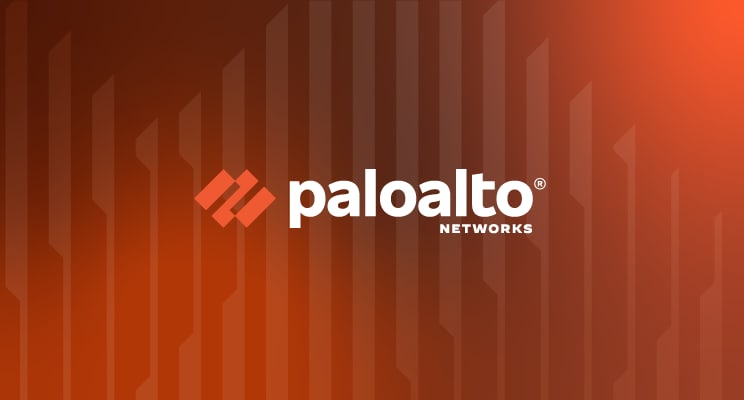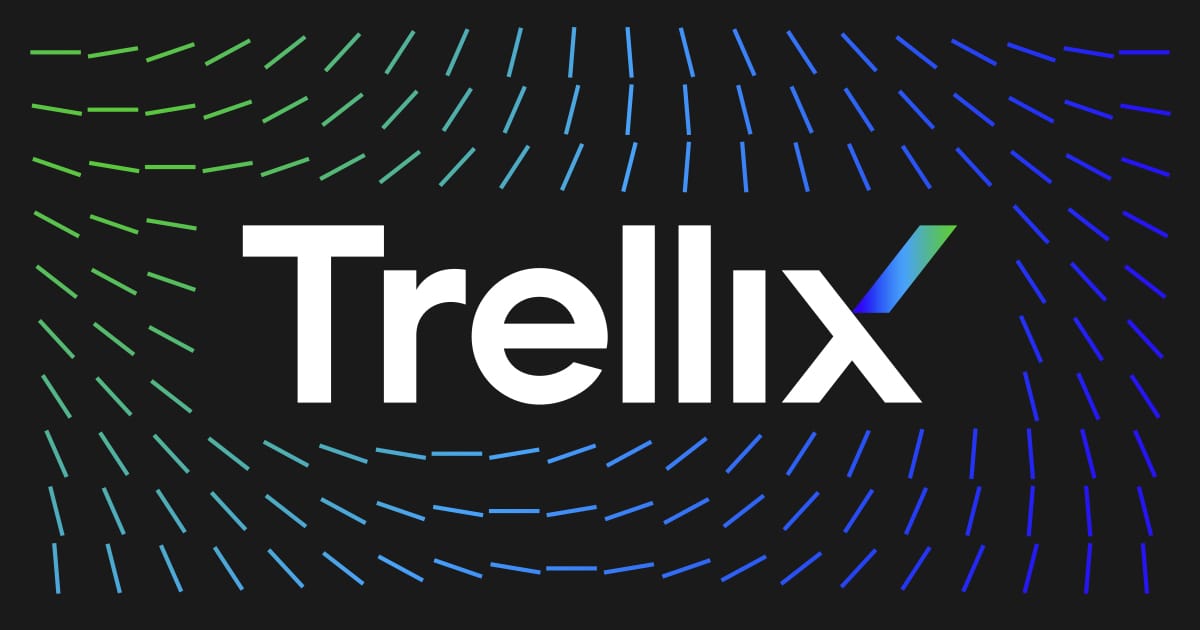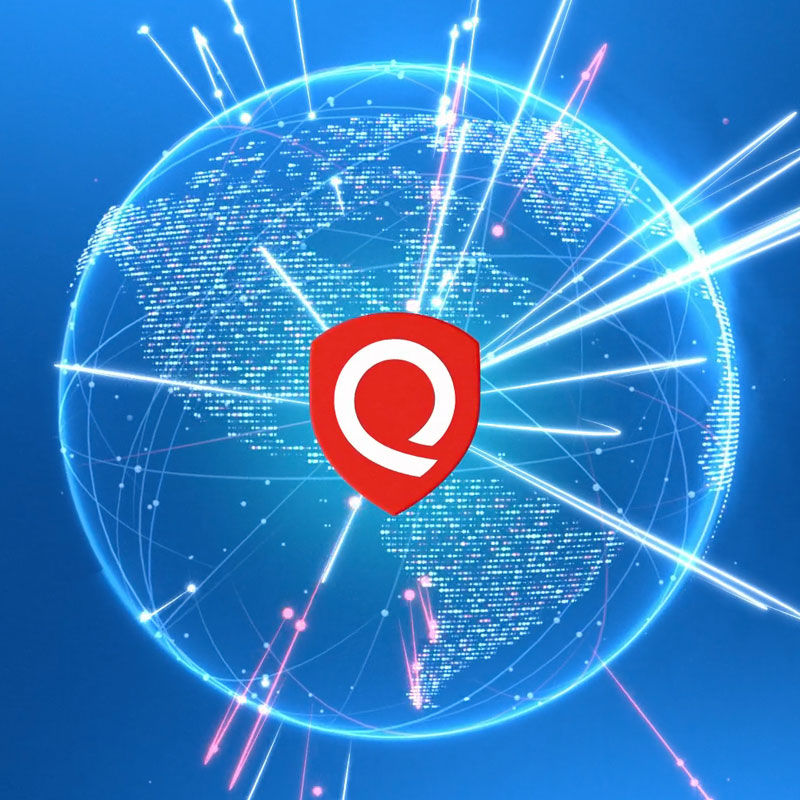Introduction
Endpoint detection and response (EDR) solutions have become essential for organizations to gain visibility into endpoint activities, detect advanced threats and enable swift remediation. With work shifting to remote and hybrid models, endpoints are increasingly exposed while on-premise and cloud. This has escalated the need for advanced endpoint monitoring with built-in AI/ML to uncover known and unknown threats. In this blog, we evaluate 15 top EDR platforms based on their abilities to securely manage endpoints through a single, integrated system.
Methods of Evaluation
To determine the top EDR platforms, we evaluated each vendor based on their endpoint protection capabilities, detection techniques, analytics and automation. Additional factors like AI/ML integration, centralized management, compliance controls and strength of the parent organization were also considered. Public data sources were analyzed to understand technology adoption trends through metrics like market share, # of customers, # of backlinks and keyword trends. Overall, solutions with advanced AI, high accuracy detections, automation and strong visibility scored high in our assessment.
1. VMware Carbon Black Cloud
VMware Carbon Black Cloud is an endpoint protection and response platform from VMware. It provides advanced capabilities for detecting threats, investigating incidents, and responding to issues across endpoints and cloud environments. Carbon Black Cloud leverages behavioral analytics and machine learning to analyze endpoint activities and detect anomalies that could indicate compromise.
Pros: Some of the main advantages of VMware Carbon Black Cloud include:
– Advanced endpoint detection and response capabilities through behavioral analytics and machine learning.
– Deep visibility into endpoint activities like processes, files, registry, and network connections.
– Automated investigations and customizable alerts to streamline incident response.
– Part of a broad VMware security operations platform including workload security and cloud workload protection.
Cons: One potential disadvantage is that as a cloud-based solution, Carbon Black Cloud requires an internet connection to leverage the full benefits of the platform. Offline or air-gapped endpoints would have reduced functionality.
Pricing: VMware Carbon Black Cloud pricing starts at $2.50 per endpoint per month for the basic endpoint protection tier. Additional tiers with more advanced threat detection and response features are available starting at $4 per endpoint per month.
Some key stats and capabilities of VMware Carbon Black Cloud include:
– Protects over 50,000 endpoints globally across all major operating systems.
– Provides visibility into processes, files, registry activities, and network connections on endpoints.
– Can investigate incidents across millions of events to quickly identify root causes.
– Reduces median time to respond to incidents from weeks to just minutes.
2. Symantec Endpoint Protection
Symantec Endpoint Protection, formerly known as Symantec Endpoint Protection, is an endpoint protection platform from cybersecurity company Symantec. It uses a combination of techniques like machine learning, signature-based detection, and behavioral analysis to prevent malware, ransomware, and exploits from infecting systems.
Pros: Key advantages of Symantec Endpoint Protection include: – Effective prevention from malware, ransomware and exploits through machine learning and behavioral analytics – Deep learning and behavioral analytics provide comprehensive protection against known and unknown threats – Automated processes for investigation and remediation reduce burden on IT staff – Integrates with Symantec’s broad security portfolio for unified protection
Cons: One potential disadvantage is that as a more full-featured endpoint protection platform, it may be more resource-intensive than some lighter-weight options.
Pricing: Pricing for Symantec Endpoint Protection varies based on the edition, desired level of support, and number of endpoints. Generally it starts around $40 per year per endpoint for the basic antivirus version and scales up to around $60-80 per year per endpoint for the full endpoint detection and response suites.
Some key stats about Symantec Endpoint Protection include: – Protects over 50 million endpoints worldwide across 175 countries – Over 30 years of experience in endpoint security – AI and machine learning power threat analysis and prevention – Blocks over 500,000 ransomware attacks daily
3. Sophos Intercept X
Sophos Intercept X is an endpoint detection and response (EDR) software solution from Sophos. It leverages deep learning artificial intelligence to detect and prevent threats across Windows, Mac, and Linux endpoints. The software aims to provide security teams centralized visibility and control over endpoints throughout the network.
Pros: Some key advantages of Sophos Intercept X include: – Deep learning artificial intelligence for predictive security. – Automated investigation and response capabilities. – Centralized visibility and control across endpoints. – Seamless integration with other Sophos products such as Sophos Central, Sophos XDR, and Sophos Firewall.
Cons: A potential disadvantage is that the deep learning models require large amounts of privacy-respecting malware samples and behavior data to train effectively, which means there is always a risk of unseen threats.
Pricing: Sophos Intercept X pricing starts at $2.50 per endpoint per month for the basic endpoint protection option. Additional EDR capabilities are available in higher tiers starting at $4.50 per endpoint per month.
Some key stats about Sophos Intercept X include: – Protects over 100 million endpoints worldwide. – Blocks over 1 billion malware threats per month on average. – Achieves over 99% malware detection rates according to independent testing.
4. McAfee Endpoint Security
McAfee Endpoint Security is an endpoint detection and response (EDR) software by McAfee that provides all-in-one security, identity and privacy protection for workstations and servers. It uses advanced AI and behavior analysis technology to detect and prevent advanced cyber attacks and malware across devices.
Pros: Some key advantages of McAfee Endpoint Security include:
– Holistic protection from advanced exploits and malware
– Lightweight agent with minimal system overhead
– Automated prevention, detection and response
– Rich visibility and policy controls
Cons: One potential disadvantage is that like all EDR solutions, it still requires vigilant monitoring and timely responding to alerts and incidents by security operations teams.
Pricing: McAfee Endpoint Security pricing starts at $2.50 per user per month for the basic protection tier. Premium tiers with additional advanced features are available starting at $4.50 per user per month.
Some key stats about McAfee Endpoint Security include:
– Protects over 115 million endpoints globally
– Over 30 years of cybersecurity experience and innovation
– 99.9% malware detection rate
– Automated response within minutes to contain breaches
5. BlackBerry Spark Endpoint Security
BlackBerry Spark Endpoint Security, formerly known as CylancePROTECT, is BlackBerry’s endpoint detection and response (EDR) software. As one of the leading EDR solutions on the market, BlackBerry Spark Endpoint Security leverages artificial intelligence and machine learning to provide automated prevention, detection and response capabilities to protect organizations from advanced cyber threats.
Pros: Key advantages of BlackBerry Spark Endpoint Security include its tight integration with other BlackBerry network visibility tools, automated malware analysis and sandboxing through AI/ML, streamlined threat investigation and response capabilities, and its privacy and security dedicated device management features.
Cons: A potential disadvantage is that as a relatively new product from BlackBerry, it may not have as extensive third-party integration and support ecosystem compared to some long-standing competitors in the EDR market.
Pricing: BlackBerry Spark Endpoint Security pricing starts at $45 per endpoint for the basic edition, which includes prevention, detection and response capabilities. It also offers flexible annual or multi-year contracts and volume discounts for enterprise customers.
Some key stats about BlackBerry Spark Endpoint Security include: It has protected over 4 million endpoints worldwide, analyzed over 2 billion files using artificial intelligence, and has identified over 6 billion malicious files through its cloud-based predictive models.
6. Malwarebytes Endpoint Protection
Malwarebytes Endpoint Protection is an endpoint detection and response (EDR) software that protects organizations from malware, ransomware, and other advanced cyber threats. It uses behavior-based AI and machine learning to detect and block malicious behavior in real-time across Windows, Mac, and Linux devices.
Pros: Some key advantages of Malwarebytes Endpoint Protection include its comprehensive malware prevention and detection capabilities, simplified deployment through cloud-based management, behavioral analysis that identifies suspicious behaviors in real-time, and its focus on anti-malware protection.
Cons: One potential disadvantage is that as an EDR solution focused primarily on anti-malware, it may not offer as extensive endpoint monitoring and response capabilities as some broader endpoint security platforms.
Pricing: Malwarebytes Endpoint Protection pricing starts at $69 per agent per year for basic anti-malware protection. Additional layers of protection are available in higher-priced tiers including EDR capabilities, cloud management, and 24/7 support.
Some key stats about Malwarebytes Endpoint Protection include: it has protected over 100 million endpoints worldwide, processes over 6 billion weekly scans, and adds over 50,000 new detections per day to its constantly updated malware definition database.
7. Elastic Endpoint Security
Elastic Endpoint Security, formerly known as Elastic Agent, is an endpoint detection and response (EDR) software product from Elastic. It provides endpoint visibility, detection, and automated response capabilities. Using Elastic Agent, organizations can collect and centralize various endpoint data in Elastic Stack for queries, visualizations, alerts, and investigations.
Pros: Some key advantages of Elastic Endpoint Security include:
– Leverages Elastic Stack for rich endpoint data collection and analytics
– Strong endpoint detection integrated with observability data from Elastic Stack
– Open XDR approach appealing to many organizations who want extensibility and lack of vendor lock-in
Cons: One potential disadvantage is that the open and extensible nature of Elastic Endpoint Security means it requires more effort to deploy and configure compared to some proprietary endpoint protection alternatives.
Pricing: Elastic Endpoint Security pricing is based on the number of protected endpoints. It has free and paid tier pricing options. The free Basic Protection plan covers up to 500 endpoints. Premium plans start at $3/month per endpoint for annual plans.
Some key stats about Elastic Endpoint Security include:
– Protects over 20 billion endpoints globally
– Integrates endpoint data with logs, metrics, and APM data in Elastic Stack
– Open XDR approach combines endpoint, network, cloud, and user data for comprehensive visibility
8. FortiEDR Endpoint Detection & Response
FortiEDR is Fortinet’s endpoint detection and response solution that provides comprehensive visibility and control for endpoints across any environment. As one of the leading cybersecurity companies, Fortinet delivers integrated, automated protection for devices, data, and applications across the entire digital attack surface both inside and outside the network perimeter. FortiEDR leverages Fortinet’s decades of experience in security to protect endpoints from the latest threats.
Pros: Key advantages of FortiEDR include:
– Multiple detection techniques including AI/ML for fast evolving threats
– Automated playbooks to orchestrate incident response across critical attack stages
– Tight integration across the Fortinet security fabric for a single view of risk
– Simple centralized management regardless of environment or scale
Cons: As an integrated solution from a leading vendor, FortiEDR has few disadvantages. Potential disadvantages could include a steeper learning curve compared to point products and requiring additional Fortinet solutions for full functionality.
Pricing: FortiEDR pricing starts at $5 per endpoint for basic protection. Additional services like 24/7 support, threat hunting, and professional services are available through tiered subscriptions. Contact Fortinet sales for an exact quote customized for your organization’s needs and environment.
Some key stats about FortiEDR include:
– Protects over 50,000 organizations globally across 150 countries
– Monitors over 1 billion devices worldwide
– Integrates tightly with other Fortinet solutions like FortiGate, FortiClient, and FortiAnalyzer for a unified security posture
9. F-Secure Elements Endpoint Protection
F-Secure Elements Endpoint Protection is an endpoint detection and response (EDR) software from Finnish cybersecurity company F-Secure. It provides comprehensive endpoint protection through a combination of antivirus, anti-malware, application control, and endpoint detection and response capabilities. Elements protects Windows, Mac and Linux endpoints from known and unknown threats.
Pros: Some key advantages of F-Secure Elements Endpoint Protection include: – Endpoint anti-virus and EDR capabilities providing multi-layered protection. – Behavioral and HIPS based prevention blocks malicious activity in real-time. – Robust compliance monitoring and controls to detect and prevent data breaches. – Regular threat intelligence updates and definitions ensuring up-to-date protection. – Competitive pricing for advanced endpoint protection capabilities.
Cons: One potential disadvantage is that the EDR capabilities require additional licensing and may not be included in basic antivirus subscription plans. This could increase the overall cost for full endpoint detection and response features compared to some competing solutions.
Pricing: F-Secure Elements Endpoint Protection pricing starts at $40 per user annually for the basic antivirus plan. Additional EDR capabilities are available with malware prevention, application control and endpoint sensor suites starting at $65 per user annually.
Some key stats and capabilities of F-Secure Elements Endpoint Protection include: – Protection from ransomware, zero-days, fileless attacks and known malware threats. – Behavioral and HIPS based prevention of suspicious file and process behavior. – Detection of advanced persistent threats through behavioral analytics. – Continuous monitoring and controls to ensure regulatory compliance.
10. Panda Security Endpoint Protection
Panda Security Endpoint Protection is an endpoint detection and response (EDR) software that provides organizations advanced threat protection. It uses cloud-based behavioral detection powered by machine learning to protect against both known and unknown threats in real-time. Panda Security has been in the antivirus and cybersecurity field for over 30 years, protecting over 400 million devices worldwide.
Pros: Main advantages of Panda Security Endpoint Protection include:
– Cloud-based management for seamless administration from any device
– Behavioral detection using machine learning to protect against unknown threats
– Fast and accurate scans that have minimal impact on system performance
– Simple deployment process that leverages their cloud infrastructure
Cons: One potential disadvantage is that the cloud-based model requires an internet connection for full protection. Offline or disconnected use would have reduced visibility and blocking of threats.
Pricing: Panda Security Endpoint Protection pricing starts at $35 per user annually for their basic individual plan. Volume discounts are available for businesses with 10+ seats. They also offer free trials to test the solution.
Some key stats about Panda Security Endpoint Protection include:
– Protects over 400 million devices globally
– Uses machine learning-powered behavioral detection to catch unknown threats
– Has minimum system impact with fast scan speeds
– Offers cloud-based management for simple administration from any location
11. Palo Alto Networks Cortex XDR
Palo Alto Networks Cortex XDR is an endpoint detection and response (EDR) software that uses machine learning and artificial intelligence to detect threats across endpoints, cloud, and mobile devices. Cortex XDR analyzes user and entity behaviors, application exploits, and known and unknown malware to identify vulnerabilities and compromised systems in real-time.
Pros: Some key advantages of Cortex XDR include: – Advanced AI/ML powered threat detection and response. – Minimizes false positives with high fidelity alerts. – Open XDR platform allows for third party integrations. – Part of Palo Alto Networks’ broad security portfolio for comprehensive protection.
Cons: A potential disadvantage is that as a newer product, Cortex XDR may not have as extensive feature set or track record as some competitors. However, Palo Alto Networks continues to invest heavily in research and development to expand capabilities.
Pricing: Pricing for Cortex XDR depends on the number of protected devices. It is sold through an annual subscription model starting at $3 per endpoint.
Some key stats about Cortex XDR include: – Monitors over 1 billion endpoints globally. – Analyzes over 5 trillion endpoint events per week. – Has closed over 1.5 million security incidents to date with a 99% resolution rate. – Backed by over 20 years of cybersecurity experience from Palo Alto Networks.
12. FireEye Endpoint Security
FireEye Endpoint Security, formerly known as FireEye Endpoint Security, is an endpoint detection and response (EDR) software developed by Trellix. FireEye Endpoint Security integrates endpoint security, threat hunting and response capabilities to help organizations detect and respond to advanced threats. As one of the pioneering companies in the endpoint security space, FireEye brings over 20 years of experience in cybersecurity to their EDR product.
Pros: Key advantages of FireEye Endpoint Security include:
– Feature-rich EDR platform from a well-established security vendor
– Integrates advanced endpoint detection with Helix platform for extended detection and response capabilities
– Focus on threat hunting, validation and response to help security teams proactively hunt for threats on endpoints
Cons: One potential disadvantage is that as a more full-featured EDR solution, it may be more complex to deploy and manage for some organizations compared to simpler, easier to use EDR options.
Pricing: FireEye Endpoint Security pricing is available on a per-agent basis. Specific pricing varies based on the number of endpoints, desired level of support, and additional integrated services. Contact a Trellix sales representative for a customized quote.
Some key stats about FireEye Endpoint Security include:
– Protects over 10,000 organizations globally across various industries
– Analyzes over 2 trillion endpoint events per week
– Has over 20 years of experience in endpoint security and threat hunting
13. Qualys Endpoint Protection
Qualys Endpoint Protection, formerly known as Qualys Endpoint Detection and Response (EDR), is an endpoint security solution from Qualys, Inc. that offers vulnerability management, endpoint protection, and detection and response capabilities. It provides visibility into endpoints and helps protect them from threats through continuous monitoring and remediation.
Pros: Some key advantages of Qualys Endpoint Protection include:
– Integration with Qualys VM for vulnerability management and Qualys EPP for endpoint protection platform (EPP).
– Cloud-based solution allows for centralized deployment, visibility, and control across endpoints.
– Continuous monitoring and automatic remediation of vulnerabilities helps reduce the window of exposure.
– Scalable multi-tenant architecture can support large enterprises with thousands of endpoints.
Cons: One potential disadvantage is that as a fully cloud-based solution, it lacks some control and customization capabilities available in an on-premise deployment model.
Pricing: Qualys Endpoint Protection pricing is based on a per-endpoint annual subscription model. Pricing starts at $2.50 per endpoint per month or $30 annually for the basic protection tier.
Some key stats about Qualys Endpoint Protection include:
– Protects over 11,000 organizations globally across numerous industries.
– Monitors over 1.5 million endpoints worldwide daily.
– Scans for over 35,000 vulnerabilities daily across endpoints, networks, and web applications.
14. KnowBe4 KATA Endpoint
KnowBe4 KATA Endpoint is an endpoint detection and response (EDR) software that helps organizations protect their endpoints from external and internal threats. It uses advanced AI/ML to detect vulnerabilities and anomalies in real-time across Windows, Mac and Linux devices.
Pros: Some key advantages of KnowBe4 KATA Endpoint include: – Protects endpoints from external threats like ransomware and internal threats like insider risk. – Advanced vulnerability management helps prioritize and remediate vulnerabilities. – Automated deployment and configuration speeds up rollout and management. – Integrates seamlessly with KnowBe4’s security awareness training for a comprehensive security solution.
Cons: One potential disadvantage is that like most EDR tools, KnowBe4 KATA Endpoint requires ongoing maintenance and updates to keep signature databases and algorithms up to date in order to effectively detect the latest threats.
Pricing: Pricing for KnowBe4 KATA Endpoint varies depending on the number of agents/endpoints but generally starts at around $2.50 per agent per month for the basic protection plan.
Some key stats about KnowBe4 KATA Endpoint include: – Detects over 17,000 known vulnerabilities out of the box. – Provides visibility into endpoints across on-premise, remote and mobile workforces. – Continuously monitors over 1 billion endpoint events per day.
15. SentinelOne
SentinelOne is an autonomous cybersecurity platform company protecting endpoints, cloud workloads, identity, and data. Founded in 2013, SentinelOne’s artificial intelligence reduces the risks of cyberattacks by autonomously preventing, detecting, and responding to threats across an organization’s network. With SentinelOne, organizations gain full visibility into their attack surface and real-time protection from sophisticated cyber threats.
Pros: Some key advantages of SentinelOne include:
– Autonomous AI detects and stops attacks without signatures or prior knowledge.
– Super lightweight agent with minimal system impact on endpoints.
– Automated response capabilities that reduce the mean time to remediate (MTTR) security incidents.
– Comprehensive device and data protection across all endpoints, including IoT and OT devices.
Cons: One potential disadvantage is that as an AI-powered solution, it still requires appropriate training of its models on new and evolving threats to maintain its effectiveness over time.
Pricing: SentinelOne offers flexible pricing plans including perpetual and SaaS subscription options. Pricing is typically based on the number of endpoints/servers/workloads protected and includes 24/7 support.
Some key stats about SentinelOne include:
– Protecting over 6,000 customers globally across all major industries.
– Award-winning AI platform analyzed over 1 trillion endpoints in 2021.
– Provided autonomous protection against 1 million unknown threats per day in 2021.
Conclusion
Endpoint security continues to evolve rapidly with new techniques like XDR and integrated SOAR. While traditional AV is still essential, advanced EDR platforms utilize AI extensively to autonomously detect and remediate sophisticated threats. Organizations require visibility, automation and seamless integration across endpoints, networks and clouds for proactive security. The top solutions excel at comprehensive protection through a cloud-native approach while minimizing overhead on endpoints. Adopting one of the leading EDR platforms is key to modernizing endpoint security capabilities for 2023 and beyond.








